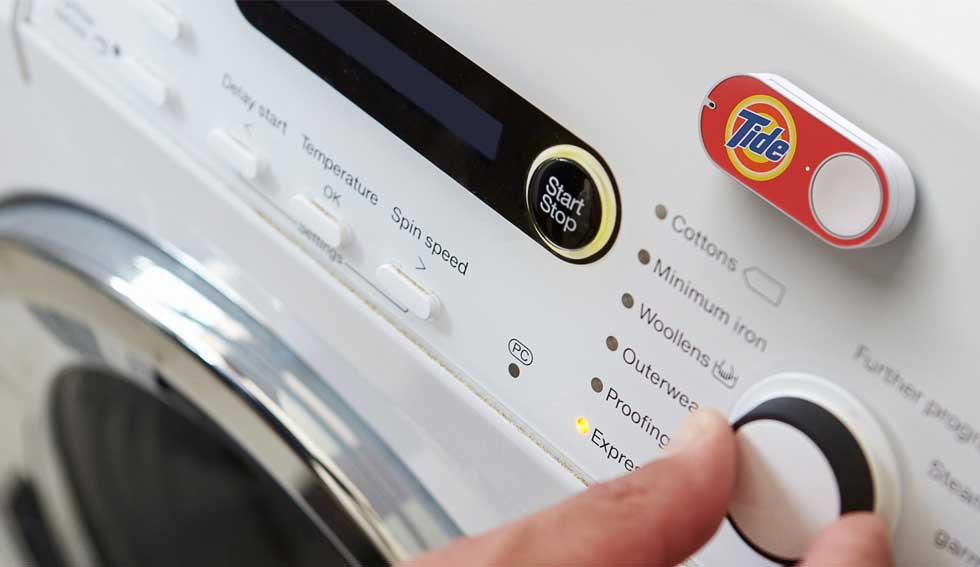
In case you missed it, the Internet of Things is big. In fact, research predicts that by 2020 there will be more “things” connected to the internet than there are people on earth.
The Internet of Things (IoT) marks the inevitable convergence of physical objects and technology. It allows virtually any object to be embedded with sensors, software and network connectivity, allowing them to collect and transmit data.
For years, product manufacturers have been trying to create objects that give people who use them real-time feedback. One example is those clever toothbrushes with color-changing bristles for indicating how much life they’ve got left in them. While the idea was at one time forward thinking and somewhat useful, it unfortunately left many questions unanswered and problems unsolved.
Today, companies like Kolibree are pioneering “smart toothbrushes” that track everything from duration of each brushing to which teeth were cleaned properly, and which ones need more attention. The brushes work with a companion mobile app that transmits data via bluetooth.
Another great example of IoT is Amazon’s Dash Button, which can be used to re-order products like Tide, Gatorade and Huggies Diapers with the push of a button.
Other examples of brands using IoT:
– Ralph Lauren’s wearable sports garments transit biometric data to a mobile app.
– Tesla’s “Summon” feature allows cars to autonomously drive themselves to their owners (even cross country), open/close garage doors, start-up/shut-down and self-park.
– Philips Lighting’s “hue LED bulb” allows Netflix to dynamically change lighting based on the color palette of the movie beng viewed.
– Rebecca Minkoff invented a “smart mirror” for their dressing rooms, which use RFID tags to detect what garments a customer brings in, and allows the user to pull up screens (on the mirror) showing various looks and styling options.
How IoT will change marketing
One of the most compelling aspects of IoT is its ability to make products more useful, which inherently leads to increased customer satisfaction and brand loyalty.
In each of the prior examples, a brand is using technology to enrich the lives of its audience by solving problems in a fun, compelling and convenient way. This approach creates emotional connections that can’t be bought with any amount of advertising dollars.
That being said, some argue that traditional forms of marketing may die a sudden death, due to the ability of IoT products to sell themselves. Using the Amazon Tide button example, users who have the Tide button in their homes, and use it often, will be a hard sell for other brands trying to lure them away from Tide.
In the past, the same consumers would have had to walk the aisle at their local grocery store or Walmart, meaning they would be exposed to options from a variety of brands. IoT has the ability to remove the burden of choice by making a single product the most convenient and cost effective option.
Another advantage held by brands harnessing the power of IoT, is the ability to market in ways that are direct, hyper targeted and unobtrusive.
Imagine a lightbulb that senses when it’s about to die, and can deliver a coupon and one-click re-order on a mobile device. Now compare this scenario to what we’re accustomed to. Your light bulb dies and you run to the store, searching for a cheap bulb, not really caring about what brand it is.
In this example, the company producing the IoT enabled bulb will undoubtedly see an increase in repeat purchases and lifetime customer value, which can offset dollars otherwise spent on customer acquisition via on and offline marketing.
Conclusion
The Internet of Things is so new and so vast, it’s difficult for anyone to predict or imagine just how big it will get. Brands and marketers will see many challenges in adapting to a world where products are self-aware, self-sufficient and, in some cases, able to replace humans.
What’s your take on how IoT will impact the role of marketers? I’d love to hear your opinions in the comments section.
Let`s Get
In Touch
Contact us today for a free consultation
and cost estimate for
your project.
We work with companies in all
industries, big or small.
Give Us a Call: 786-529-6039
Services
©2024 FUZE DIGITAL INC. Ignite Your Brand™ | privacy






